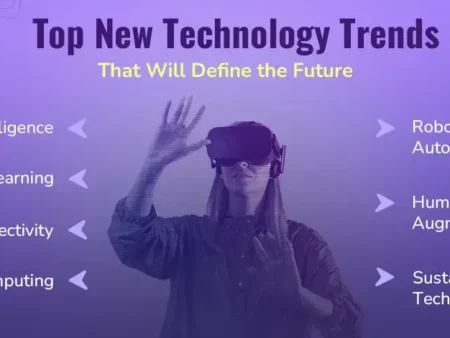Affiliate marketing is evolving fast in 2025, driven by changing consumer behavior and digital advancements. From mobile-first experiences to video shopping and AI-powered optimization, brands are adopting new strategies to stay competitive. As traditional ads lose impact, trends like influencer convergence, privacy-first tracking, and purpose-driven partnerships are shaping the future of affiliate marketing.
Affiliate marketing trends to leverage in 2025

TOP TRENDS
- Customers are highly informed but more skeptical than ever
- Customers demand mobile-first affiliate experiences
- Video commerce and livestream affiliate shopping
- Privacy-first tracking and cookie deprecation
- Sustainability and cause-driven partnerships
- Diversified affiliate models beyond influencers
- AI and dynamic program optimization
- Convergence of affiliate and influencer marketing
“One of the best things about affiliate marketing is that it’s performance-based, so you’re not wasting money on ads that might not work”
Cristy Garcia
1. Customers are highly informed but more skeptical than ever
Today’s buyers—especially millennials and Gen Z—use the internet and social media to research before making purchases.
They consume massive content daily and are exposed to so many ads that they often tune them out.
Instead of ads, they prefer authentic recommendations from trusted content creators, making affiliate marketing a better approach.
Brands must choose affiliates who genuinely align with their values and are trusted by their audience.
2. Customers demand mobile-first affiliate experiences
Shoppers now expect affiliate content—like blogs, videos, and product links—to load fast and function well on mobile devices.
Mobile-friendly experiences are no longer optional; they directly impact clicks and conversions.
3. Video commerce and livestream affiliate shopping
Short-form videos, reels, and livestreams are driving affiliate product sales.
People prefer seeing products in action, often in real-time, before buying.
Creators can now sell directly through platforms like Instagram Live or YouTube, making it a powerful sales tool.
4. Privacy-first tracking and cookie deprecation
With third-party cookies being phased out, marketers are shifting to privacy-friendly tracking methods.
Affiliate programs must adapt using first-party data, email opt-ins, and secure tracking tools to keep performance measurable.
5. Sustainability and cause-driven partnerships
Modern consumers care about social and environmental responsibility.
Brands that partner with affiliates promoting sustainable or ethical causes gain more trust and long-term loyalty.
6. Diversified affiliate models beyond influencers
Affiliate marketing is no longer just for influencers.
Publishers, price-comparison sites, review blogs, and even loyalty apps are playing key roles in affiliate ecosystems.
Brands should explore partnerships across various content formats and platforms.
7. AI and dynamic program optimization
AI tools now help optimize affiliate campaigns by analyzing performance data, predicting trends, and automating repetitive tasks.
This leads to smarter targeting, better ROI, and more efficient scaling of affiliate efforts.
8. Convergence of affiliate and influencer marketing
The line between affiliate and influencer marketing is blurring.
Influencers now often act as affiliates, earning commissions on top of brand deals.
This dual approach helps brands drive both awareness and sales effectively.
















